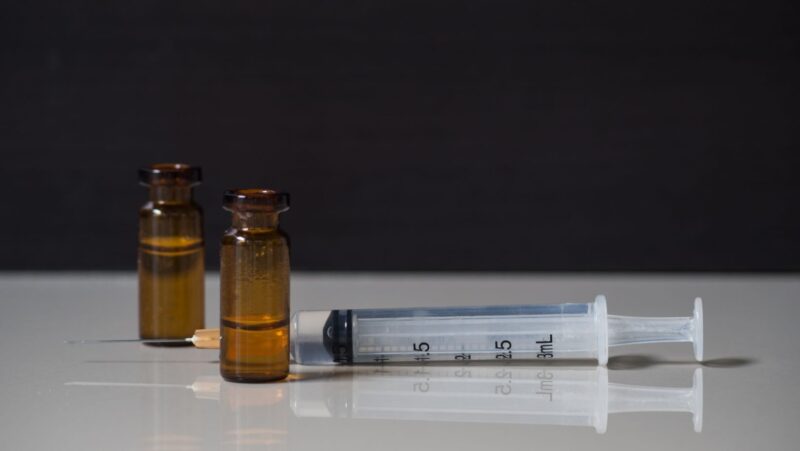
Depression is one of the most common and debilitating mental health conditions in the world. Despite decades of research, even the most effective treatments fail the majority of patients. Many live with what’s known as treatment-resistant depression, a frustrating, exhausting condition with few options to turn to. However, here’s a new treatment out there that works differently from anything else doctors have used before: ketamine therapy.
What Is Ketamine Therapy?
Ketamine has been used as an anaesthetic since the 1960s and has more of a reputation as an illegal party drug than a pharmaceutical. However, in the last couple of decades, small doses of ketamine have shown powerful effects for people with severe or treatment-resistant depression. In 2000, Yale School of Medicine conducted the first randomized controlled trial. The results showed that a single, small dose improved depression in just 24 hours. In some cases, people achieved near-total recovery.
These days, ketamine is given under medical supervision or guidance, often through IV infusions, nasal sprays, or convenient tablets in a series of treatment sessions. For some people, the results are fast; sometimes, they feel better almost immediately, while others take a few days. That’s a stark difference from traditional antidepressants, which can take weeks to take effect. If you’re exploring this route, it’s worth scheduling ketamine integration therapy as part of a complete therapy plan. These sessions help you make sense of the experience and apply any emotional breakthroughs in real life.
Why Traditional Treatments Don’t Work for Everyone
We’re often told that depression is simply a chemical imbalance in the brain. This is why most antidepressants target serotonin. They treat an associated symptom, providing relief from the dull ache, dogged despair, or numbness that depression often brings. However, without effective psychotherapy, the underlying trauma persists. Research shows that antidepressants like tricyclic antidepressants (TCAs), selective serotonin reuptake inhibitors (SSRIs), and selective serotonin noradrenaline reuptake inhibitors (SNRIs) are ineffective at relieving symptoms in 80% of cases.
How Ketamine Works Differently
Ketamine doesn’t work on serotonin; it acts on a neurotransmitter called glutamate. This has a major impact on brain plasticity and mood regulation.
The science shows us that ketamine helps repair and grow new connections between brain cells, especially in the areas of the brain that deal with emotion and memory. This could be part of the reason why it works so quickly, even for people who’ve been struggling for years. It literally rewires the brain.
Integration Therapy
Ketamine can offer incredibly rapid relief, but it’s often an intensely emotional experience that requires you to understand and process your emotions. That’s what ketamine integration therapy is for. With a mental health professional, you can address whatever feelings, memories, or new insights came up during your trip. This helps solidify the longer-lasting benefits of your experience.
What to Know Before Starting
Ketamine therapy is one of the most promising and exciting new tools in mental healthcare, but it’s not for everyone. It’s important to speak to a healthcare professional who can assess your situation before deciding if it’s right for you. It’s also worth noting that some forms of ketamine treatment are FDA-approved for depression, while others are used off-label but backed by growing research and impressive clinical success.
Endnote
If you’re living with treatment-resistant depression, ketamine therapy finally offers something that other options don’t: speed, effectiveness, and a way to unlock hidden traumas and heal your inner self. It’s not necessarily a cure-all, but it is a breakthrough. In the world of depression, it’s a beacon of hope that feels long overdue.














